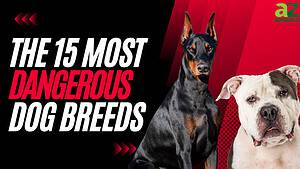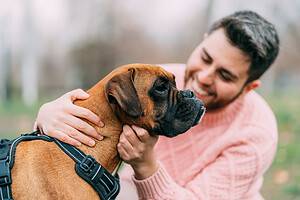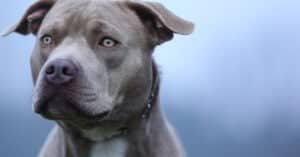Though both originate in Alaska, the Alaskan Klee Kai and Alaskan husky are quite different dogs! They vary in some ways, despite looking almost similar at first glance.
Let’s learn more about these incredible breeds and how to distinguish them below!
Comparing Alaskan Klee Kai vs Alaskan Husky
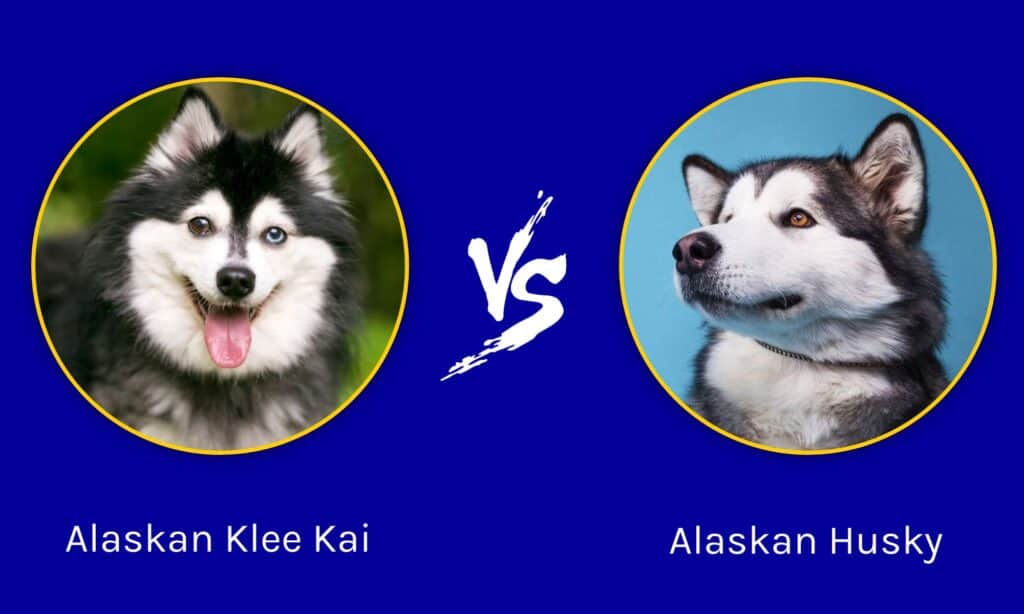
| Alaskan Klee Kai | Alaskan Husky | |
|---|---|---|
| Size | Toy: <13 inches, 6-12 pounds Miniature: 13-15 inches, 10-18 pounds Standard: 15-17.5 inches, 16-25 pounds | 20-23.5 inches, 35-60 pounds |
| Appearance | Medium-length double coat that’s black and white, grey and white, or red and white | Varied, no breed standard; typically has many Siberian Husky traits |
| Lifespan | 13-16 years | 12-16 years |
| Energy Level | Medium-high | Very high |
| Purebred? | Yes | No |
| Sold as Pets | Yes | Not often |
The Four Key Differences Between the Alaskan Klee Kai and Alaskan Husky
The key differences between the Alaskan Klee Kai and Alaskan husky are appearance, energy levels, and usefulness.
Huskies are much larger dogs, while even standard-sized Alaskan Klee Kai are mid-sized. The toy and miniature varieties, of course, are tiny!
While the Alaskan Klee Kai is a purebred that comes in limited color variations according to breed standards, Alaskan huskies are mixed-breed dogs bred to work. Their looks are much less important to breeders.
Both breeds have similar lifespans; however, Alaskan Klee Kai live a year longer on average. Their energy levels are medium to high, while Alaskan huskies are working dogs with extremely high energy levels.
We’ll dive more into these differences below.
Alaskan Klee Kai vs Alaskan Husky: Size
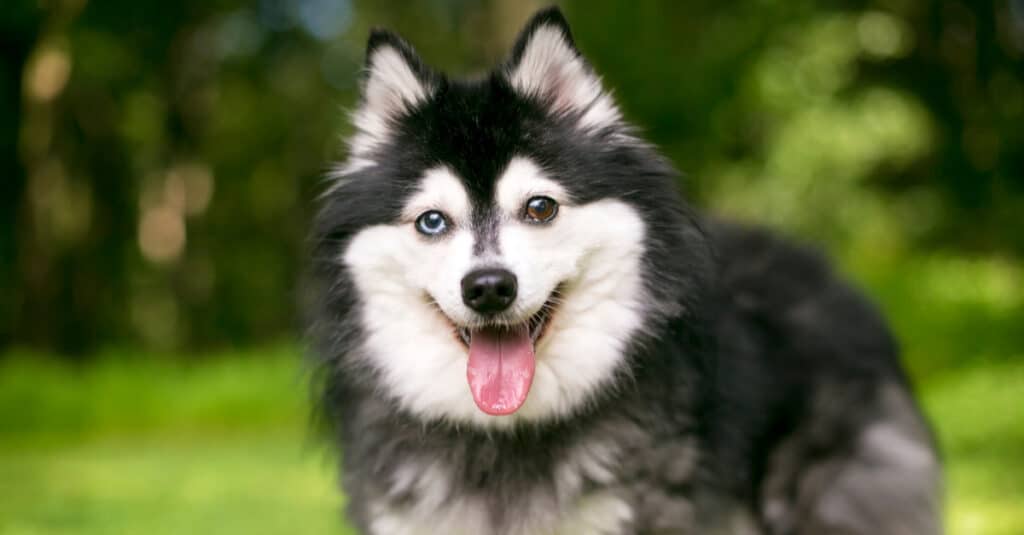
Alaskan Klee Kai come in three sizes: toy, miniature, and standard.
©Mary Swift/Shutterstock.com
Alaskan Klee Kai come in three variations: toy, miniature, and standard.
Toy breeds are under 13 inches tall and weigh only 6-12 pounds. Miniatures are a bit bigger at 13-15 inches and weigh 10-18 pounds, while standards max out at 15-17.5 inches and 16-25 pounds.
Alaskan huskies are much larger! These pups stand 20-23.5 inches tall and weigh 35-60 pounds.
Alaskan Klee Kai vs Alaskan Husky: Appearance
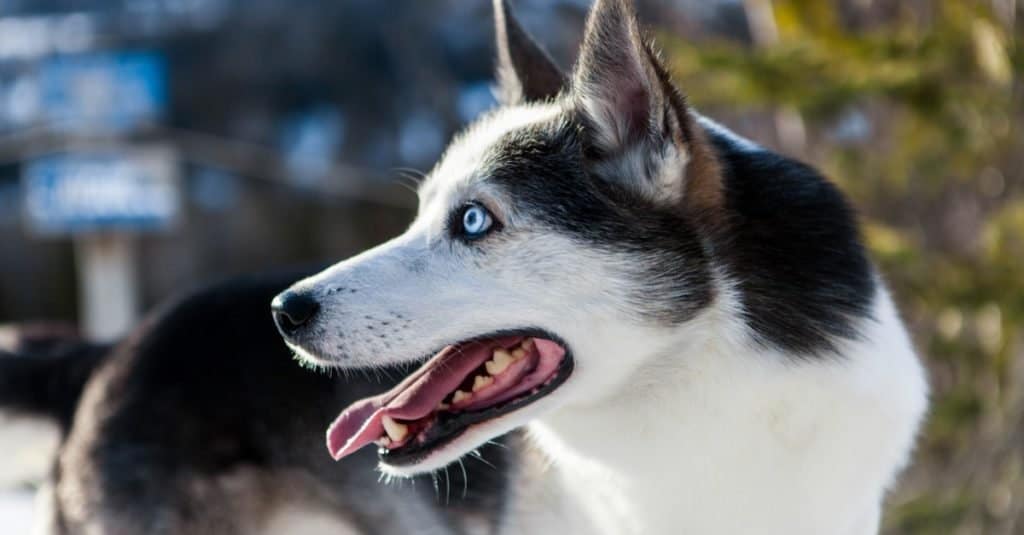
Alaskan huskies aren’t purebred and have no breed standard when it comes to appearance.
©Valmedia/Shutterstock.com
The Alaskan Klee Kai looks a lot like a miniature Siberian Husky with pointed ears, a white base coat, and a medium-length double coat.
Alaskan huskies can also look like Siberian Huskies, hence the similarities in their names. However, their looks can vary since they aren’t purebred dogs. Alaskan huskies may have short to long fur of any color and pattern. Because of their Greyhound lineage, they’re typically slim, deep-chested, and taller than both the Siberian Husky and the Alaskan Klee Kai.
Alaskan Klee Kai vs Alaskan Husky: Energy Level
Alaskan Klee Kai are medium to high-energy dogs. They love activity and being around their families, and they’ll typically be up for a run or hike. They can also do well with a daily walk and some playtime outdoors.
Alaskan huskies are bred for one thing only: to pull sleds! These working dogs will become bored and destructive without proper exercise. Interestingly, likely because of their Greyhound lineage, they are calm in the house as long as they get enough activity. They’ll enjoy lounging on the couch with their head in your lap after a long day pulling sleds.
Alaskan Klee Kai vs Alaskan Husky: AKC Recognition
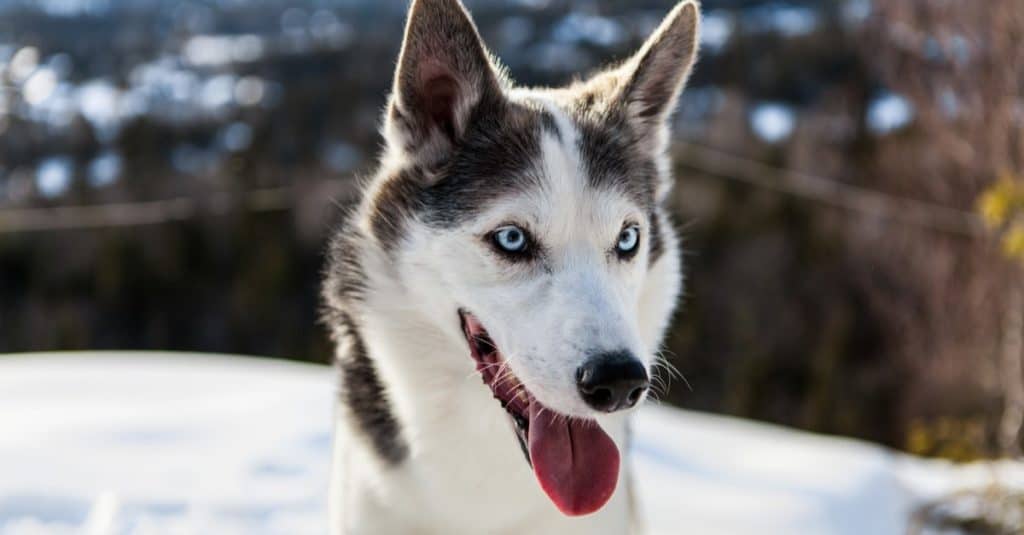
Alaskan huskies aren’t recognized by the American Kennel Club.
©Valmedia/Shutterstock.com
The Alaskan Klee Kai is recognized by the American Kennel Club (AKC). They describe the breed as loyal, intelligent, and vigilant.
Alaskan huskies aren’t bred for looks but for their working capabilities. They aren’t show dogs, aren’t purebred, and thus aren’t recognized by the AKC.
This means their lineage is more varied, as are their looks. Alaskan huskies often look like Siberian Huskies, but they’re also a mix of other breeds like Greyhounds and American Shorthaired Pointers.
Alaskan Klee Kai vs Alaskan Husky: Pets or Working Dogs?
Alaskan Klee Kai can handle many jobs, including working as therapy and service animals. However, they’re primarily bred to be pets.
Alaskan huskies, on the other hand, are bred for sledding. They aren’t usually sold as house pets, but you might get lucky enough to find one in a shelter needing a new home!
The photo featured at the top of this post is © Mary Swift/Shutterstock.com
Ready to discover the top 10 cutest dog breeds in the entire world?
How about the fastest dogs, the largest dogs and those that are -- quite frankly -- just the kindest dogs on the planet? Each day, AZ Animals sends out lists just like this to our thousands of email subscribers. And the best part? It's FREE. Join today by entering your email below.
Thank you for reading! Have some feedback for us? Contact the AZ Animals editorial team.



